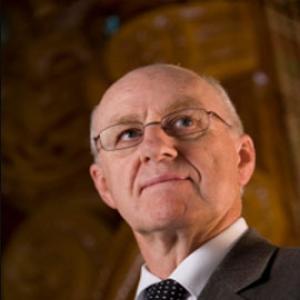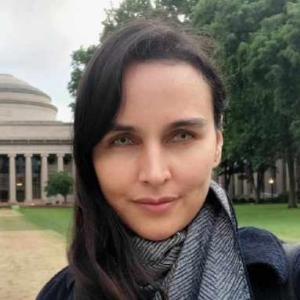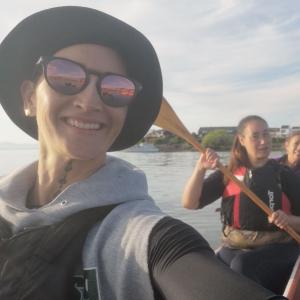Kei te kōwhatu turua e Murumāra.
E moe i te moenga roa o Hine Huhuritai
Tomokanga ki te pae-kawau o te pitoururangi he paenga purapura tuawhiti
Nāhau anō tō huanui ake i pōkai
Kia toi tū te reo taketake
Kia reo Māori a nuipuku rāua ko makiu
Takoto pū i te mōhio, whiua reretia ana ō whakaaweawe ki tēnā moka ki tēnā awaawa ki tēnā kōtihitihi
Nā reira, hoki atu rā e te rangatira
Whakarerea iho rā nga ahuatanga o tō mate
Hakoa he mate roa, kua mate ururoa
Mutunga iho, he koiora kura he koiora matapopore
E te huia kaimanawa, haere, haere, hoake rā.
Ngā Pae o te Māramatanga was very saddened to hear of the passing of Professor John Moorfield, QSO, on 19 May 2018.
John, also known as Te Murumāra, was a Distinguished Allied Researcher and Principal Investigator with NPM, most recently co-leading our foundational project Te Whare Matihiko o te Reo, which is focused on contributing to the intellectual infrastructure of the discipline of te reo Māori revitalisation by collating oral, visual digital and written sources, including a dictionary, thesaurus and repositories of waiata, haka, and narrative recordings.
This project aptly encapsulates the academic life of John Moorfield, who was focused on the growth and advancement of te reo Māori over almost 50 years. He dedicated his career to the revitalisation of te reo and for many was a pioneer in his field, developing new teaching programmes and initiatives which are still relevant today.
From his teenage years at St Stephens College, where he was taught by Hoani Waititi, John started on a unique te reo Māori journey as a Pākeha that extended throughout his life. Firstly as a high school teacher and then into academia, when he was asked by Timoti Kāretu to join the University of Waikato in 1976, where he remained for 20 years. After Waikato he moved to the University of Otago for 10 years, before returning to the Auckland region and a position at Auckland University of Technology (AUT).
John will be remembered as a innovator who developed programmes such as the first Māori medium undergraduate degree (Te Tohu Paetahi), as well as more recent efforts building Māori language digital resources. He created series of textbooks and resources teaching te reo Māori to teenagers and adults called Te Whanake, and this series is now widely used in tertiary institutions. The four textbooks have recently been rewritten as second editions and as an online resource for independent learning.
As Professor of Māori Innovation and Development at AUT he not only worked as specialist in Māori language, literature and culture but also was at the forefront of developing new technologies that brought language learning to the masses through the internet.
He was an advisor to many organisations on Māori language, including the Māori Language Commission on its monolingual Māori dictionary He Pataka Kupua, and in 2010 was made a Companion of the Queen's Service Order for services to Māori language education.
At this sad time NPM reflects on a life well lived and celebrates a mark made that will endure for many years to come. Together with our wider network we pass on our thoughts, support and aroha to John’s family and friends, including his wife Sue, his children Peter and Rachel, Luke and his mokopuna Nisha and Matai.
Tangi apakura nei te tira pōkai mārearea huri noa ki te motu whānui
Nei hoki a Ngā Pae o te Māramatanga e rokohanga nei i te pōhara
E te taumata okiokinga, hoake, whakangaro atu

He Kōrero | Our Stories
Neuroscientist Nicole Edwards is establishing her own lab at the University of Auckland and is eager to tautoko students interested in a career in brain research.
AUT senior lecturer Deborah Heke encourages wāhine Māori to cherish their connection with te taiao.
Tairāwhiti local Manu Caddie is a vocal critic of forestry companies engaged in unsustainable land practices in the rohe. He shares his insights on what needs to change".


